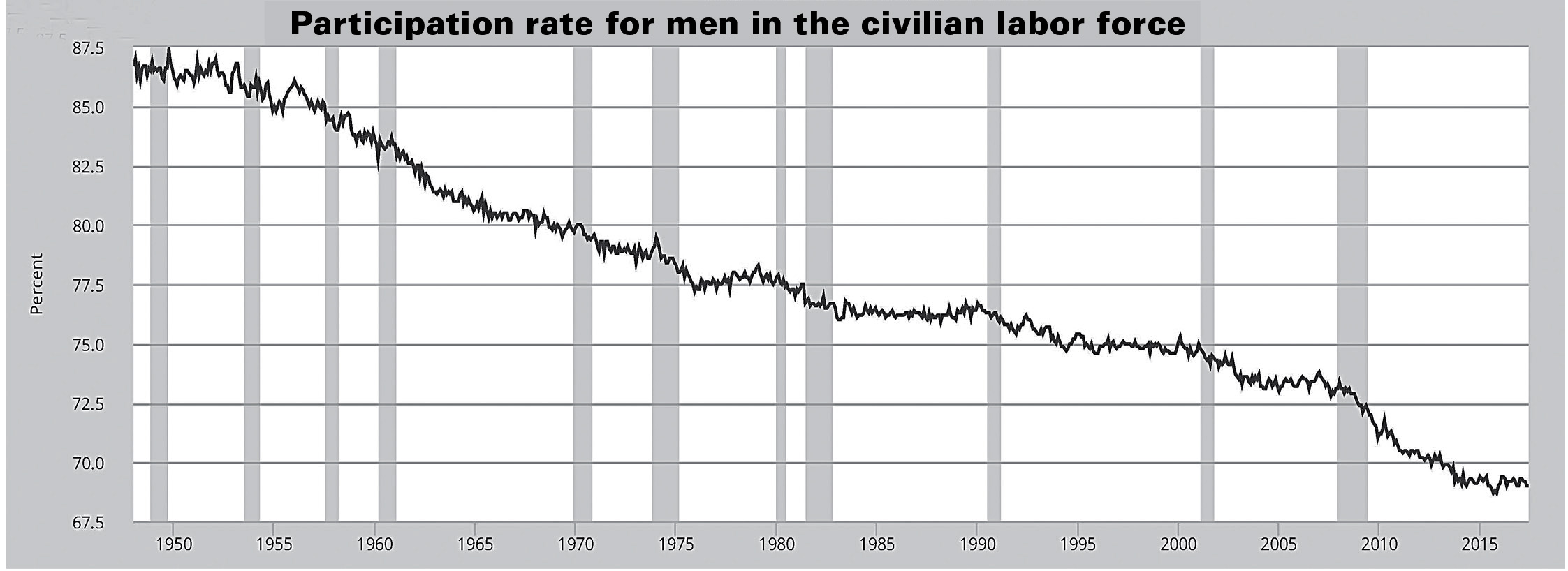
Vol. 81/No. 27 July 24, 2017
(lead article)
Working class bears brunt of capitalist rulers’ crisis

But working people see their jobs, living conditions, health, families and future prospects under unprecedented economic and social attack because of the growing crisis of capitalist production and trade. Rising joblessness, stagnant wages, spreading opioid epidemic, increased homelessness, declining birth rates and devastating conditions are the “new normal” for workers and farmers.
The bosses and their government have no solution for the depression-like conditions this crisis forces upon working people. And, while it is impossible to predict when the next deep downturn will hit — it will come.
The closure of steel, auto, coal mining and other industries in many cities and towns across the U.S. have shattered the lives of millions of workers, leading to rising deaths from opioid overdoses. In Johnstown, Pennsylvania, where Bethlehem Steel once employed thousands, those who remained in town had little choice but to take jobs in retail at less pay. Now many of these workers, like others in places like Decatur, Illinois, and Saginaw, Michigan, are “getting hit a second time” the New York Times reported June 25, as bosses lay off these workers as malls and retail stores shut down, victims of competition from online shopping outlets.
“Rural America is the New ‘Inner City,’” headlined a May 26 Wall Street Journal article. It pointed out that in 2013 more people died in less populated U.S. counties than were born — the first time since records began being kept in the 1930s.
There’s also a growing gap between what employers pay workers in rural and urban areas. The average wage, the Journal noted, is now one-third lower in towns with 250,000 or fewer people.
Birth rates are falling as growing numbers of young people find it harder and harder to find steady jobs and company-funded health care. Growing numbers of workers put off starting families until a later age, if at all. In 2016 the “fertility rate” in the U.S. was the lowest it has been ever — 62 births per 1,000 women aged 15 to 44.
Nearly 10 percent of babies born today in the U.S. are premature. The U.S. has the worst rates of infant mortality, preterm birth and low birth-weight babies of all industrialized capitalist countries. In fact the U.S. has the highest rate of babies who die the same day they are born in the industrialized world.
At the same time, the gap in workers’ life expectancy has widened by 20 years, depending on where you live. It’s lowest on Native American reservations and counties along the lower half of the Mississippi and in coal country in eastern Kentucky and southwestern West Virginia.
Meanwhile, homelessness is on the rise, with many workers just a paycheck away from losing their apartments. Others face mental problems that the for-profit health insurance system no longer covers. In New York, for example, the government of liberal Democratic Mayor Bill de Blasio admits the number of homeless people living on the streets has gone up by 40 percent compared to last year. De Blasio tries to pass this off, claiming it’s because of a housing shortage and because the survey was taken on a particularly warm day when people just felt like staying outside! But the figures show that for the first time ever the number of homeless people on the streets and in city shelters is going up at the same time.
Shrinking workforce
While the official unemployment rate in June was 4.4 percent —basically “full employment,” the apologists for capitalism never tire of telling us — millions of workers are no longer counted as part of the workforce. The fact is, the active working class is shrinking in the U.S. The labor force participation rate — the share of the population actually working or looking for work — remains near a 40-year low.
Male participation in the labor force has been steadily dropping for 60 years. Between 1948 and 2015, the work rate for U.S. men 20 and older fell from 85.8 percent to 68.2 percent. For men of prime working age, the percentage working is “lower now than it was at the end of the Great Depression,” the Weekly Standard reported July 8.
The numbers of those who have had to accept just part-time hours with less pay and benefits continues to rise. In June it was 5.3 million.
According to the U.S. Labor Department report, average wages rose 2.5 percent over the past year — 4 cents in June — but not enough to keep up with basic necessities, like food, rent and energy. “Fifty to 60 percent of lower-tier wage earners are earning less and less year over year,” Robert Frick, economist at the Navy Federal Credit Union, says. And real wages for production workers haven’t risen in over 40 years.
The crisis for working people is worldwide. Lower-wage temporary contracts for workers — leaving them to fend for themselves for health care and retirement — is the norm in the European Union. “The jobs crisis has gone on for so long that many would-be workers have given up and left the labor market for good,” the Financial Times reported July 5.
Front page (for this issue) | Home | Text-version home